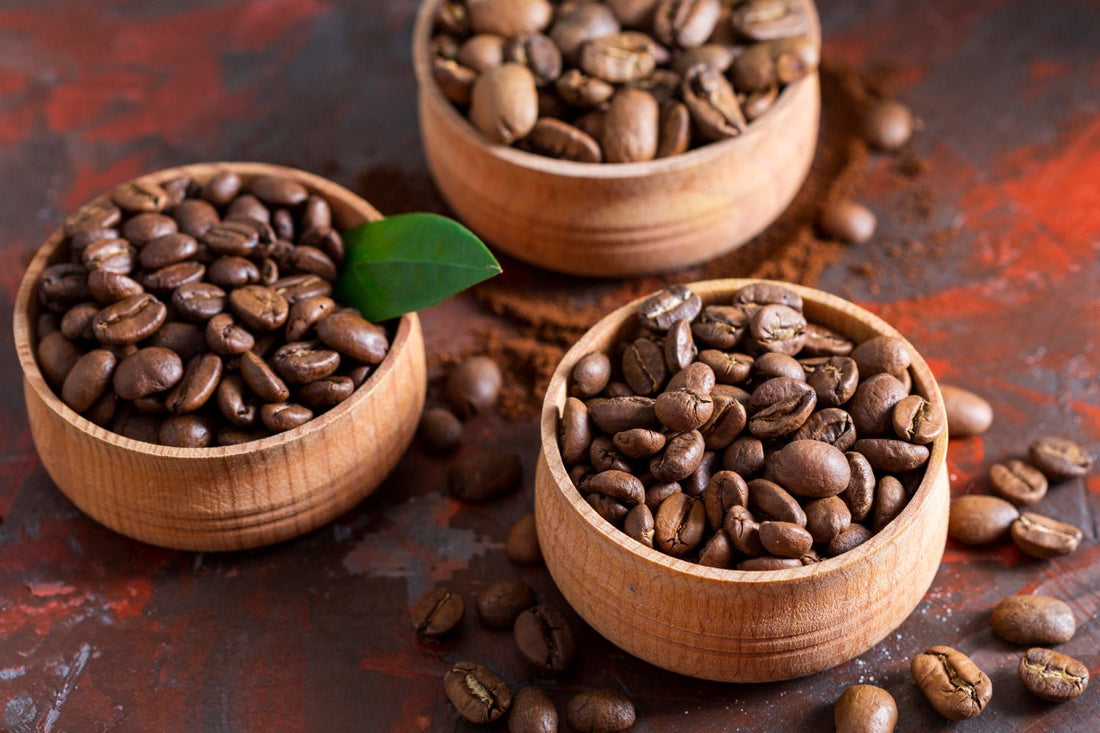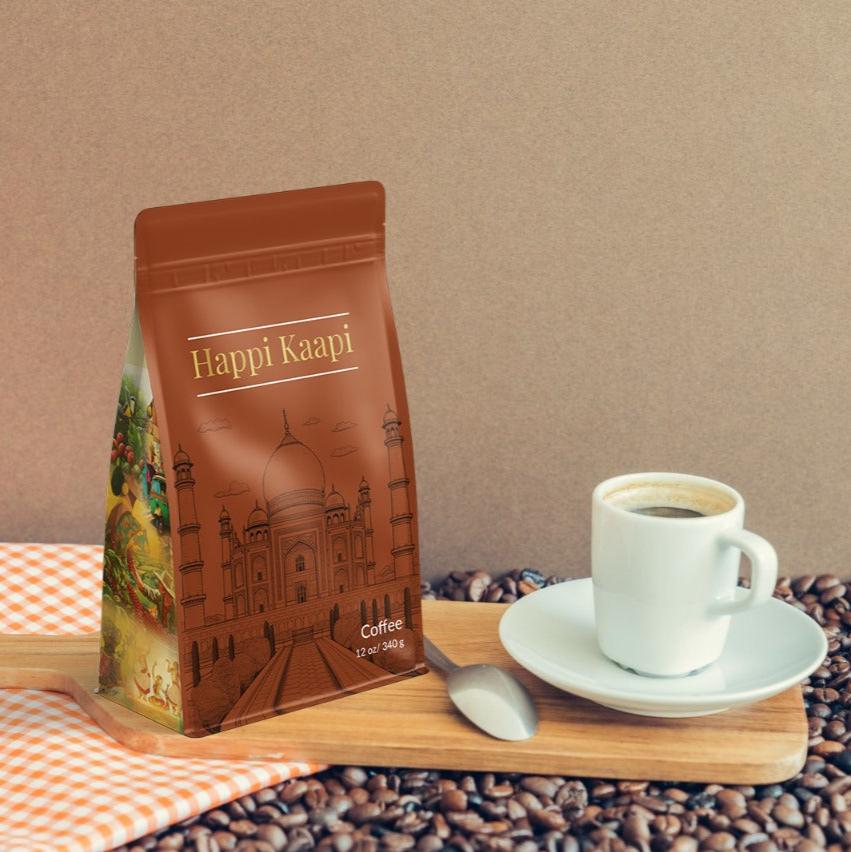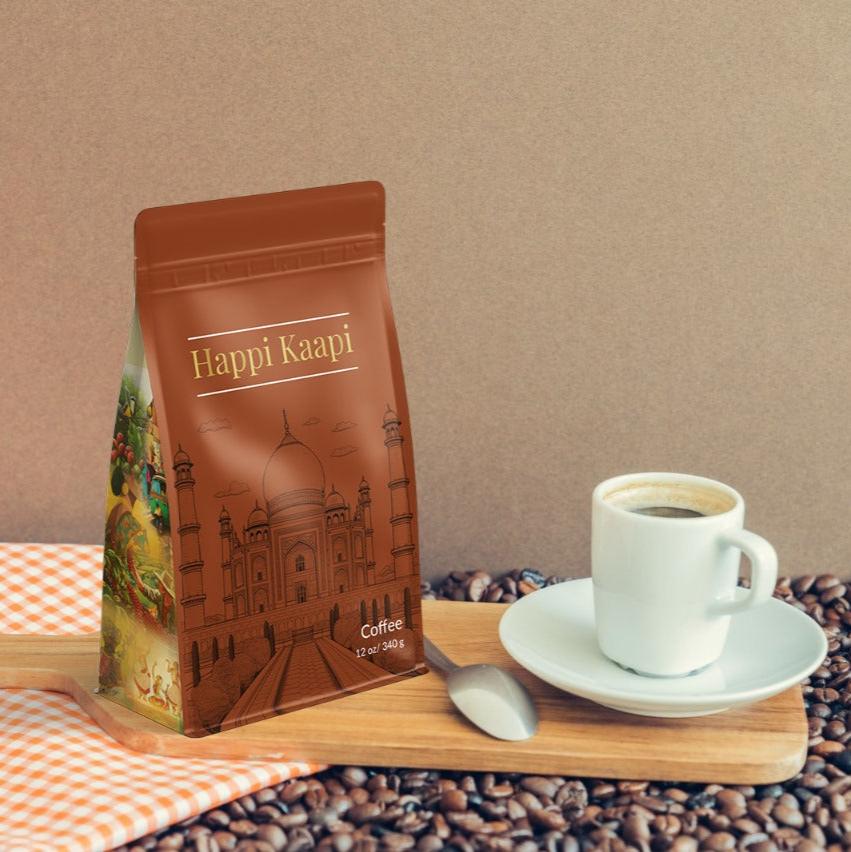
Understand the Difference Between Arabica and Robusta Coffee
Share
Coffee lovers often find themselves pondering the difference between Arabica and Robusta beans. These two varieties dominate the global coffee market, yet they are distinct in flavor, cultivation, and overall experience. If you've ever wondered what sets them apart, this guide will walk you through everything you need to know about Arabica and Robusta coffee.
1. Origin and Cultivation
Arabica Coffee: Arabica (Coffea arabica) is the most popular coffee species, making up about 60-70% of global coffee production. Originating from the highlands of Ethiopia, Arabica thrives in high altitudes, between 1,200 to 2,200 meters above sea level. The plant requires a cooler, subtropical climate with plenty of rainfall and rich, well-drained soil. Its delicate nature makes it more susceptible to pests and diseases, contributing to its higher price point.
Robusta Coffee: Robusta (Coffea canephora), on the other hand, is a hardier plant that originated in central and western sub-Saharan Africa. It grows at lower altitudes, from sea level up to 800 meters, and is more resistant to diseases and harsh weather conditions. This resilience allows Robusta to be grown in a wider range of climates, particularly in Africa and Southeast Asia, where it's primarily cultivated.
2. Flavor Profile
Arabica Coffee: Arabica beans are celebrated for their smooth, complex flavor profile. They tend to have a broader range of taste notes, from sweet and fruity to floral and nutty. The acidity in Arabica coffee is often described as bright or tangy, contributing to a more vibrant and layered cup. The flavor can vary significantly depending on the region where it's grown, making it a favorite among coffee connoisseurs.
Robusta Coffee: Robusta beans offer a stronger, more robust flavor with a heavier body. The taste is often described as earthy, bitter, and sometimes slightly woody or nutty. Robusta's higher caffeine content contributes to its more intense and somewhat harsher flavor. It's the go-to choice for espresso blends, as it provides a rich crema and a powerful kick, but it lacks the complexity and nuanced flavors of Arabica.
3. Caffeine Content
Arabica Coffee: Arabica beans contain about 1.2% caffeine, which is relatively low compared to Robusta. This lower caffeine content is part of what makes Arabica coffee smoother and less bitter. However, the reduced caffeine also makes the plant more vulnerable to pests, which is why it requires careful cultivation.
Robusta Coffee: Robusta beans pack a punch with around 2.2-2.7% caffeine content, nearly double that of Arabica. The higher caffeine level not only gives Robusta its strong, bold flavor but also makes the plant more resistant to pests and diseases. This resilience contributes to its more widespread cultivation and lower price.
4. Bean Shape and Appearance
Arabica Coffee: Arabica beans are typically oval-shaped with a curved crease on one side. They are slightly larger and flatter compared to Robusta beans. The appearance of Arabica beans is often smoother and more uniform, which is partly due to the meticulous processing methods used to ensure the highest quality.
Robusta Coffee: Robusta beans are smaller, rounder, and have a straight crease. They tend to be more irregular in shape and size, and their surface is often rougher. The appearance is less refined, which reflects the more straightforward processing methods used for Robusta.
5. Price and Market Value
Arabica Coffee: Due to its complex flavor profile, more demanding cultivation requirements, and lower yield, Arabica coffee is generally more expensive. It’s the preferred choice for specialty coffee markets, and its price can vary significantly depending on the origin, processing method, and quality of the beans.
Robusta Coffee: Robusta is typically less expensive than Arabica, primarily due to its hardiness, higher yield, and less complex flavor profile. It’s commonly used in instant coffee and inexpensive blends, where cost-effectiveness is a priority.
6. Uses in Coffee Products
Arabica Coffee: Arabica is the star of the show in most high-quality coffee products. From single-origin beans to premium blends, Arabica's refined flavor makes it ideal for drip coffee, pour-over, and other brewing methods that highlight its complexity.
Robusta Coffee: Robusta shines in espresso blends, where its strong flavor and rich crema are highly valued. It's also a key ingredient in many instant coffees and affordable coffee blends, where its boldness compensates for the lack of complexity in other beans.




